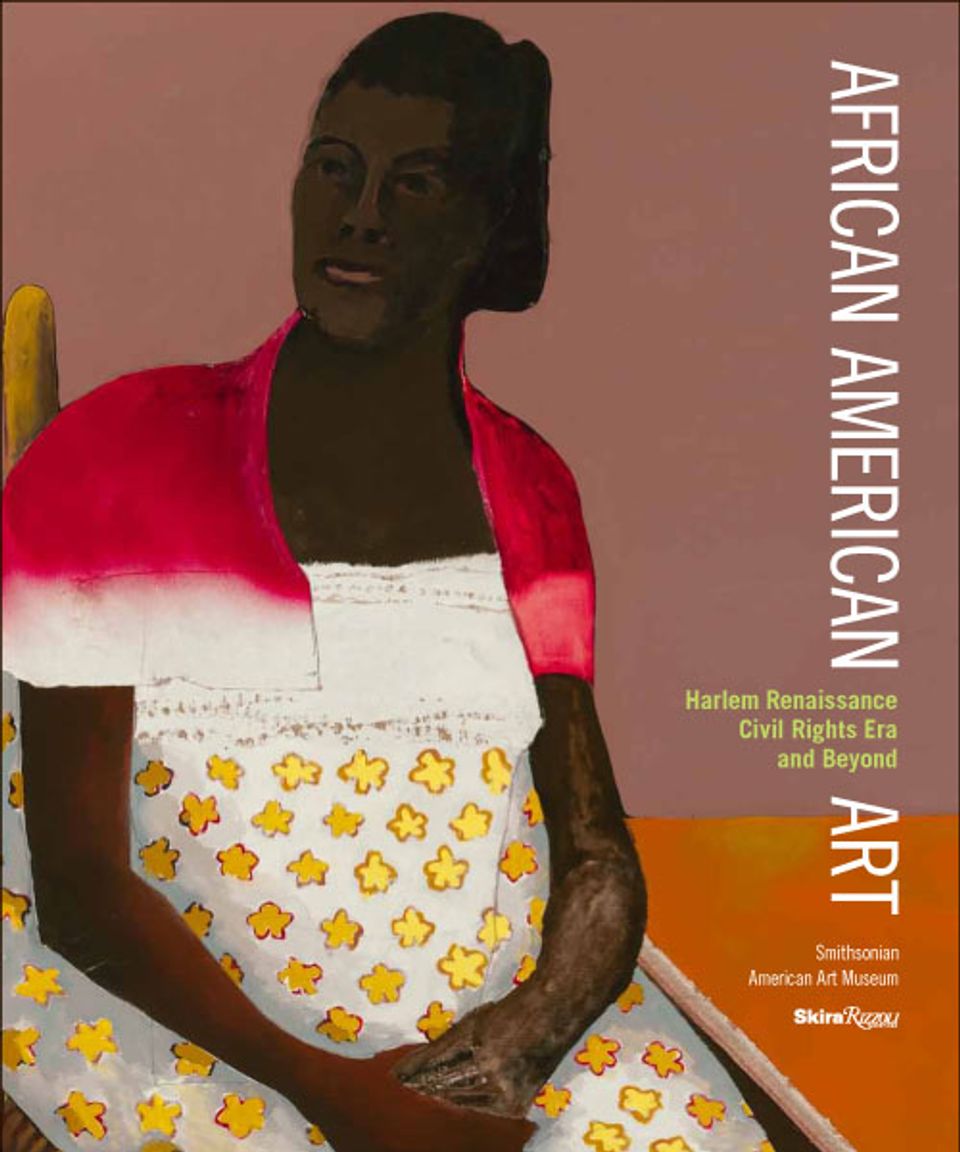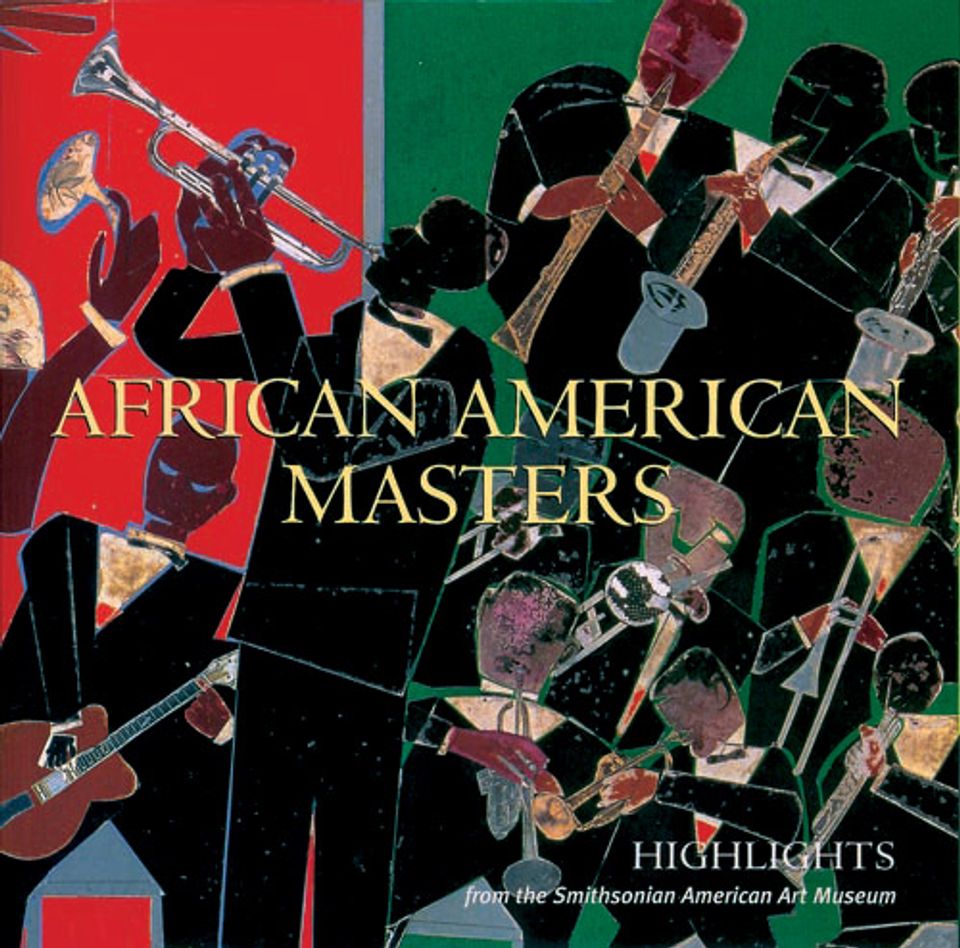Renée Stout
- Also known as
- Renee L. Stout
- Renee Stout
- Renee Lynn Stout
- Born
- Junction City, Kansas, United States
- Active in
- Washington, District of Columbia, United States
- Biography
As a young girl, Renée Stout became fascinated by the Central African minkisi figural containers she encountered at Pittsburgh's Carnegie Museum while growing up in that city. Constructed of wood, fur, cloth, and other materials, the minkisi bundles held medicines and other concoctions and were considered powerful mystical receptacles. However, when Stout later attended Carnegie-Mellon University, she pursued realist painting in the style of Edward Hopper and Richard Estes rather than exploring her African-American heritage in her art. Stout soon realized that her street scenes, devoid of people, were more like portraits of houses, which led her to consider the concept of house as home of the spirit, container of memories and dreams, and, by extension, a symbol of human activity and aspiration.
After graduating from Carnegie-Mellon in 1980, Stout moved to Washington, D.C., where she began developing a unique form of Kongo-inspired sculpture. Starting with simple, house-shaped boxes into which she put feathers, beadwork she herself created, tiny bones, buttons, and memorabilia of family members, Stout progressed to creating "divining tables" and room-size installations. At the same time, she began developing an ongoing fictional narrative- the story of the stay-at-home Dorothy and the African explorer Colonel Frank- which she recorded in notebooks and which became another thread tying her work firmly to American and African traditions.
Stout's constructions from this period debuted in Black Art: Ancestral Legacy, a major traveling show that brought her national attention. In 1993 her work was given a solo exhibition at the National Museum of African Art, Astonishment and Power, in conjunction with a survey of Kongo minkisi objects.
National Museum of American Art (CD-ROM) (New York and Washington D.C.: MacMillan Digital in cooperation with the National Museum of American Art, 1996)
















